Toyota RAV4 LE Vs XLE: Which Trim is Right For You?

It's the best-selling vehicle in North America that isn't a pickup. But which Toyota RAV4 trim is right for you: the LE or the XLE?
Toyota's compact SUV is the vehicular Baskin-Robbins, offering buyers approximately 31 flavors of its best-seller. Front-drive, all-wheel drive, gas, hybrid, plug-in hybrid, road-biased or rugged—consider it a two-scoops kind of experience, such are the mix-and-match opportunities.
For this particular trim-on-trim comparison, however, we're focusing in on two of the more mainstream versions of the compact SUV: Toyota RAV4 LE versus XLE. Which one is the right choice for you? Let's dive in and find out.
Style
The current-generation RAV4 debuted way back in 2018 for the following model year. It ditched the increasingly car-like styling of the previous model for a more rugged, Tacoma-like look. Chunky, squared-off fenders and a large trapezoidal grille give the RAV4 a truckish feel, while a relatively upright tailgate suggests good storage space. That design has continued on since launch, with only a minor tweak to the headlights for 2022—and only for some models.
That includes the XLE, which gains the angular, LED daytime running lamp setup for its peepers. The LE soldiers on with the multi-reflector headlight setup, which doesn't offer as much illumination at night. Other visual changes are minor between the LE and XLE, however: both have 17-inch wheels, but the LE has steelies with covers while the XLE swaps in alloys, for example. The side mirrors are black plastic on the LE, and body-colored on the XLE.
Toyota RAV4 LE vs XLE: Cabin Space
Just like the exterior, the inside of the current RAV4 pulls inspiration from Toyota's truck lineup. Chome trim frames the center console, with oversized climate control rotary dials for easy access. The dials feature rubberized rings too, so they're even a cinch to use with gloves on. The chrome (and rubber) accents continue to the door panels, with large grab handles. It's all about ease of use inside the RAV4.
There isn't much to separate these two cabins, either. Both feature the same simple dashboard design, with your choice of all-black or a mix of that and nutmeg (Toyota-speak for beige). The XLE also offers a light gray cabin color scheme. In addition to the splash of color, the XLE's fabric seats feature a subtle pattern to them. Other changes include a few extra dashes of chrome (such as the door handles), a push-button starter, and different climate dials (to account for auto climate control).
Importantly, neither of these RAV4 models have any differences in their interior dimensions. Both the RAV4 LE and XLE have plenty of room for adults in both rows, including 37.8 inches (960 millimeters) of rear legroom.
The XLE does add a few extra creature comforts to its repertoire. The driver's seat is an eight-way power-adjustable item, for example, with optional heating. You'll also find extensions for the sun visors—it's the little things, really.
Powertrain and Fuel Economy
Every RAV4 model comes with a 2.5-liter inline-four engine. What power it produces, and where it sends said power, depends on a few different choices.
As standard, both the RAV4 LE and XLE send 203 horsepower and 184 pound-feet to the front wheels, through an eight-speed automatic transmission. It's a fine setup, providing buyers with a good amount of everyday power and a combined 30 mpg (7.8 L/100 km) average. Step up to AWD in the LE and you barely see a loss: it posts the same 27 mpg (8.7 L/100 km) in the city, and has a 1-mpg drop to 34 mpg (6.9 L/100 km) on the highway. The XLE AWD slashes 2 mpg from the FWD model on all counts.
Toyota will also sell buyers a hybrid model of either trim. This shacks up the 2.5-liter with a pair of electric motors and standard AWD, bumping combined horsepower to 219. Fuel economy shoots up to 41 mpg city, 38 mpg highway, and 40 mpg combined (5.7, 6.2, and 5.9 L/100 km, respectively).
Cargo and Towing
Breaking out the measuring tape, the RAV4 offers buyers 37.6 cubic feet (1,065 liters) of storage space behind the second row. Fold that 60/40-split down and that expands to 69.8 cubes (1,977 L).
Towing capacity for both the RAV4 LE and XLE is rated at 1,500 pounds (680 kilograms) for front- and all-wheel drive gas models, and 1750 lb (794 kg) for the hybrid.
Toyota RAV4 LE vs XLE: Safety
Toyota updated the RAV4 to its Toyota Safety Sense 2.5 suite as part of a 2022 upgrade. This includes everything from an automated emergency braking system, lane tracing assist, lane departure alert, auto high beams, and a road sign assist. The package also includes standard full-range adaptive cruise control. Eight airbags are standard, as is a backup camera with dynamic guidelines.
There is one advantage the XLE has over the LE: standard blind-spot monitoring with rear cross-traffic alert, which is only available as an option on the latter RAV4 trim.
Tech and Features
Toyota began rolling out its massively improved infotainment system a few years ago, and the RAV4 benefitted for 2023. The system measures 8.0 inches across in both LE and XLE, which is a pretty standard size at this end of the market. It's easy to use, though certain screens can become cramped, like SiriusXM.
With these both being at the more affordable end of the spectrum, they skip such features as a wireless charge pad or 360-degree camera. Both do include three USB ports, a pair of 12V/100W outlets, illuminated vanity mirrors, selectable drive modes, and remote keyless entry. The XLE adds a few more goodies on top of that, such as two second-row USB ports, a power-adjustable driver's seat, standard cargo area cover, Smart Key, and dual-zone climate control. Optional features include a power tailgate, moonroof, heated leather-wrapped steering wheel, and heated front seats.
(Note to Canadian readers: heated front seats are standard on all trims north of the border, and the heated steering wheel is standard on XLE, not an option.)
Toyota RAV4 LE vs XLE: Pricing
In the USA, the front-drive RAV4 LE has an MSRP of $29,610 including destination. The XLE lists for $31,120, a difference of $1,510. Both models jump up $1,400 when the AWD box is ticked. Want the hybrid powertrain? That's an additional $1,550 on top of the AWD surcharge. According to the EPA, the hybrid will save its owners roughly $2,250 in gas over five years compared to the front-drive model, at current prices and 15,000 miles per year.
In Canada, where the RAV4 is now exclusively AWD, the RAV4 LE begins at $34,520 CAD; the XLE is $38,280 CAD, a difference of $3,760 CAD. That larger gap can be explained by the additional content Canadian XLEs have as standard. Want the RAV4 Hybrid? It starts at $36,780 CAD, though the LE gains dual-zone climate control in the land of the North. The RAV4 Hybrid XLE rings in at $39,920 CAD.
Toyota RAV4 LE vs XLE: Verdict
At the end of this Toyota RAV4 LE vs XLE comparison, which one is the winner?
As is often the case for us, it depends on your priorities. Both are fairly affordable, but only the boggo-spec LE FWD slides under $30,000 ($35,000 CAD). If budget is your number-one concern, then that's the RAV4 to go for—but at that price, we'd recommend looking at the Nissan Rogue, which is better-equipped while being more affordable both on the showroom floor and at the pumps.
Where the RAV4 makes the most sense is as the hybrid, where its fuel economy figures make up for the higher up-front cost in only a few years. The LE is a smart buy as one of the most affordable compact, AWD hybrid SUVs you can buy—the Kia Sportage EX undercuts it by $45—but we would understand if someone wanted to stretch to the additional amenities of the XLE. Our advice is to aim hybrid and try both trims before you spend your hard-earned.
Become an AutoGuide insider. Get the latest from the automotive world first by subscribing to our newsletter here.

Kyle began his automotive obsession before he even started school, courtesy of a remote control Porsche and various LEGO sets. He later studied advertising and graphic design at Humber College, which led him to writing about cars (both real and digital). He is now a proud member of the Automobile Journalists Association of Canada (AJAC), where he was the Journalist of the Year runner-up for 2021.
More by Kyle Patrick



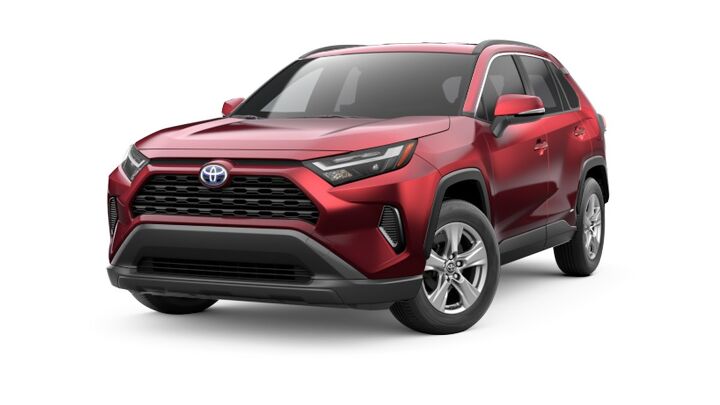




















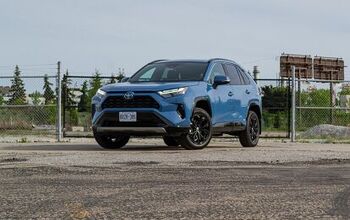
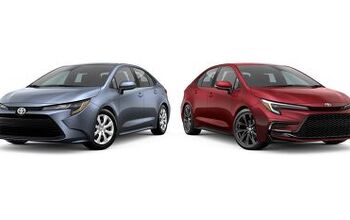

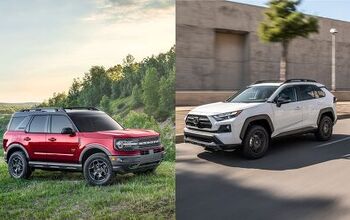






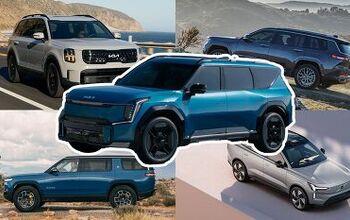
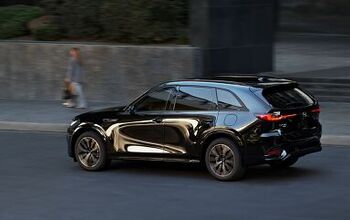


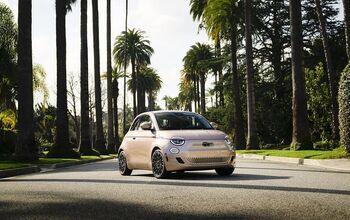
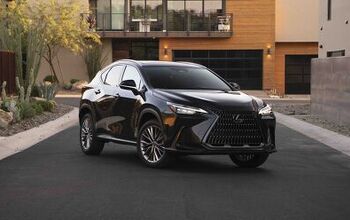

Comments
Join the conversation